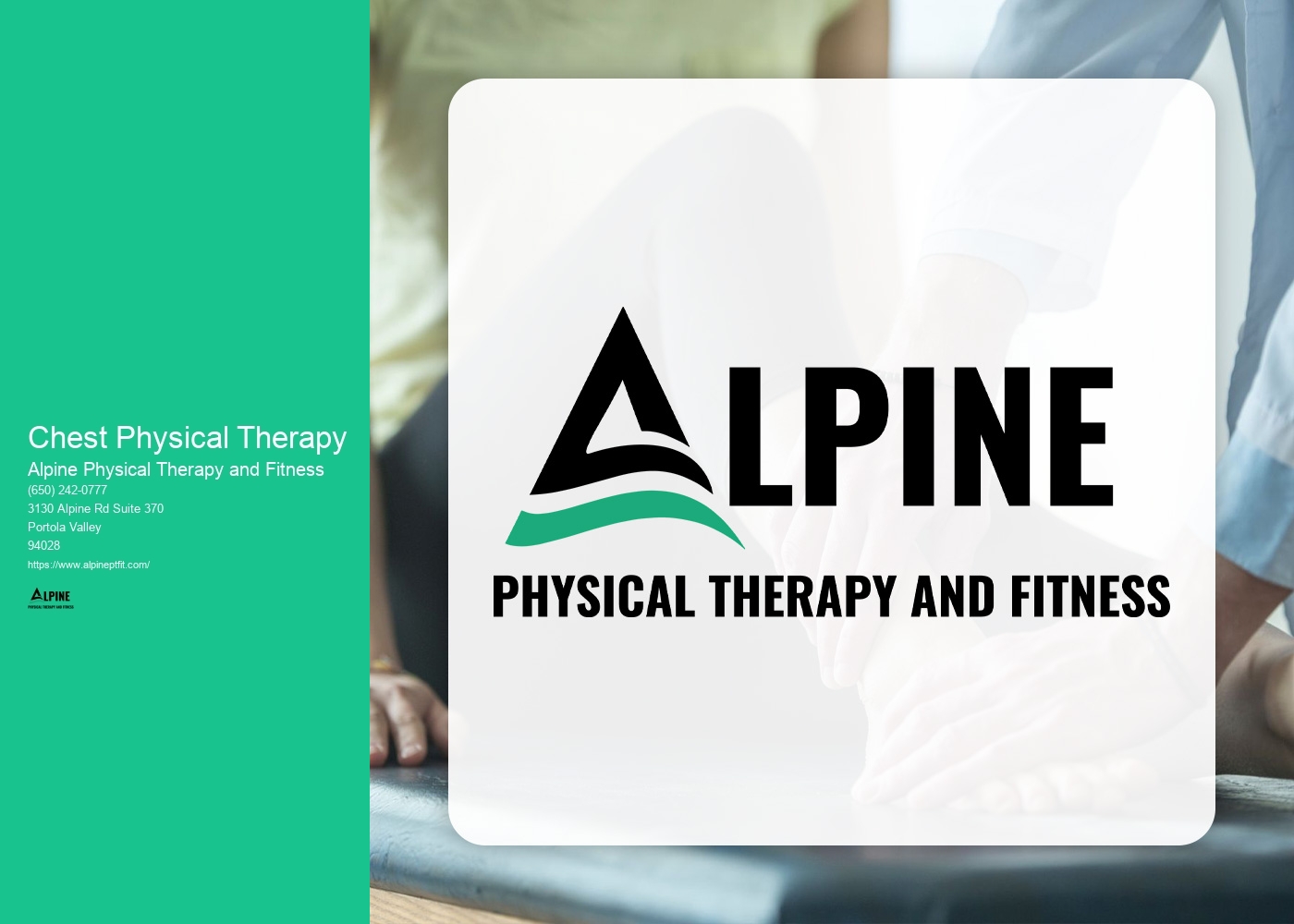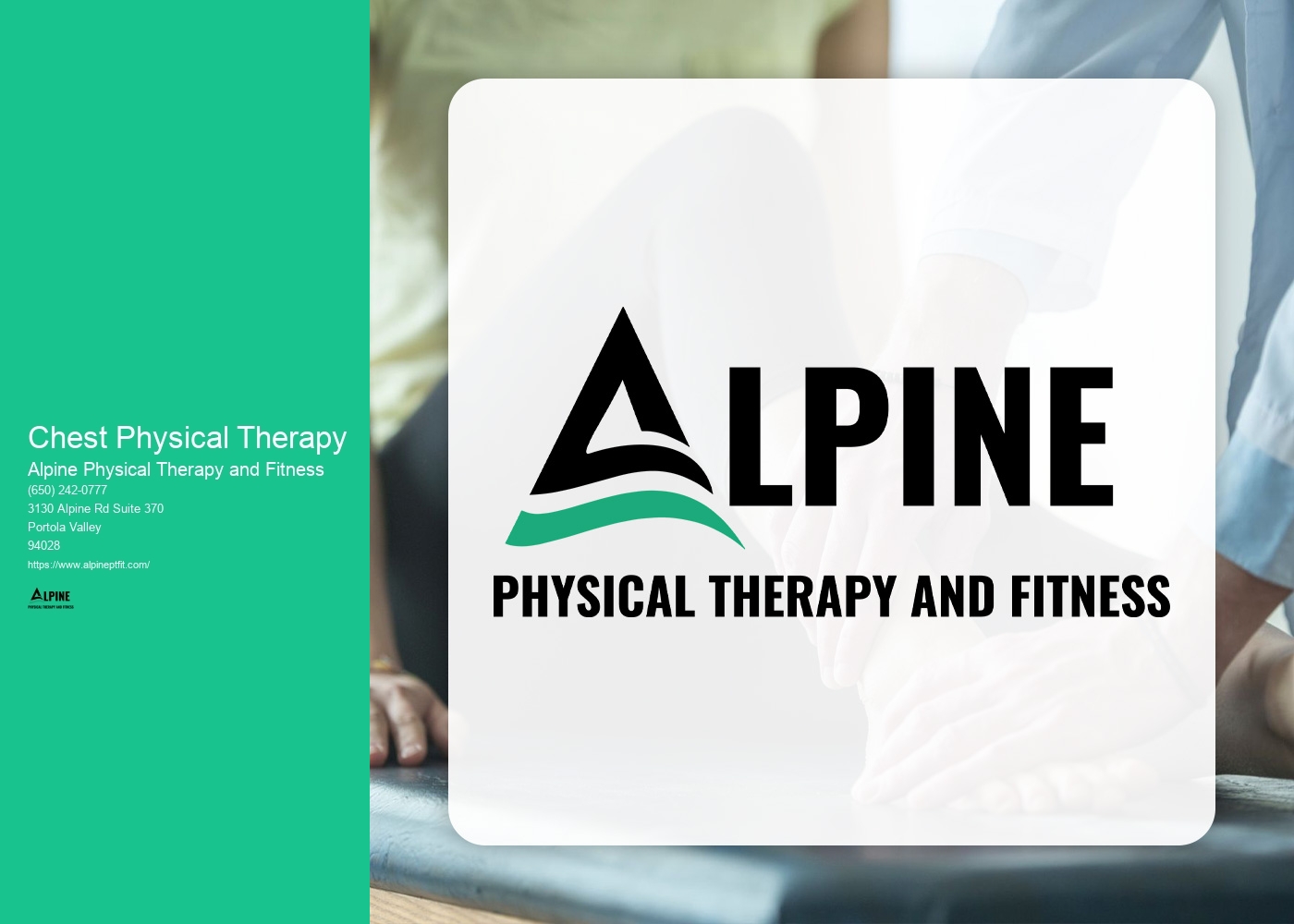

Chest physical therapy is a specialized form of therapy that focuses on improving respiratory function and clearing mucus from the airways. It is commonly used in individuals with conditions such as cystic fibrosis, chronic obstructive pulmonary disease (COPD), bronchiectasis, and pneumonia. The therapy works by using various techniques to mobilize and loosen mucus, making it easier to cough up and clear from the lungs. This can help improve lung function, reduce the risk of infections, and enhance overall respiratory health.
A wide range of conditions and diseases can benefit from chest physical therapy. These include cystic fibrosis, a genetic disorder that causes thick, sticky mucus to build up in the lungs; COPD, a progressive lung disease that makes it difficult to breathe; bronchiectasis, a condition characterized by the widening and scarring of the airways; and pneumonia, an infection that inflames the air sacs in the lungs. Additionally, individuals with neuromuscular disorders, such as muscular dystrophy, may also benefit from chest physical therapy to improve respiratory function.
Various techniques are used in chest physical therapy to help mobilize and clear mucus from the airways. These techniques include percussion, in which the therapist uses cupped hands or a mechanical device to rhythmically clap on the chest wall; vibration, which involves applying gentle pressure and shaking movements to the chest; postural drainage, where the patient is positioned in specific positions to help drain mucus from different areas of the lungs; and breathing exercises, which focus on deep breathing and coughing techniques to help clear the airways.

Chest physical therapy is generally not painful, although some individuals may find certain techniques uncomfortable or may experience mild soreness afterward. The therapist will work closely with the patient to ensure their comfort and adjust the intensity of the therapy as needed. It is important to communicate any discomfort or pain during the session so that modifications can be made to ensure a positive experience.
The duration of a typical chest physical therapy session can vary depending on the individual's needs and the techniques being used. On average, a session may last between 30 minutes to an hour. The therapist will assess the patient's condition and develop a personalized treatment plan that includes the appropriate duration and frequency of therapy sessions.

The frequency of chest physical therapy sessions will depend on the individual's condition and treatment goals. In some cases, therapy may be recommended multiple times per day, while in others, it may be done a few times per week. The therapist will work closely with the patient to determine the optimal frequency of sessions to achieve the desired outcomes.
While chest physical therapy is generally safe, there are some potential risks and side effects to be aware of. These can include temporary discomfort or soreness, skin irritation from percussion or vibration techniques, and increased coughing or shortness of breath during or after the session. It is important to communicate any concerns or adverse effects to the therapist, who can make adjustments to the treatment plan as needed.

Physical therapists play a crucial role in the management of patients with congestive heart failure (CHF). They work closely with these patients to develop individualized exercise programs that focus on improving cardiovascular fitness, strength, and endurance. Physical therapists also educate patients on the importance of regular physical activity and provide guidance on how to safely engage in exercise. Additionally, they may use techniques such as manual therapy and breathing exercises to help improve lung function and reduce shortness of breath. By collaborating with other healthcare professionals, physical therapists ensure that patients with CHF receive comprehensive care that addresses their specific needs and helps improve their overall quality of life.
Physical therapy can play a crucial role in managing scoliosis by providing targeted exercises and interventions that aim to improve posture, strengthen muscles, and increase flexibility. Through a comprehensive evaluation, a physical therapist can develop a personalized treatment plan that may include exercises to correct imbalances, stretches to improve range of motion, and manual therapy techniques to alleviate pain and discomfort. Additionally, physical therapy can educate individuals with scoliosis on proper body mechanics and ergonomics to prevent further progression of the condition. By addressing the specific needs of each individual, physical therapy can help improve functional abilities, reduce pain, and enhance overall quality of life for those with scoliosis.
There are several targeted exercises that can be beneficial for improving fine motor skills in children with autism. These exercises focus on developing hand-eye coordination, finger dexterity, and overall control of small movements. Some examples include using playdough or clay to mold shapes and objects, practicing cutting with scissors to enhance precision and control, engaging in activities that involve picking up small objects with tweezers or tongs, and using puzzles or building blocks to promote manipulation and manipulation skills. Additionally, activities such as drawing, coloring, and writing can also help improve fine motor skills in children with autism. It is important to tailor these exercises to the individual needs and abilities of each child, and to provide a supportive and encouraging environment to foster their progress.
Aquatic therapy offers numerous benefits for individuals with spinal cord injuries. The buoyancy of water reduces the impact on the joints and spine, allowing for increased mobility and range of motion. The resistance provided by the water helps to strengthen muscles and improve overall strength and endurance. Additionally, the hydrostatic pressure of the water can help to reduce swelling and improve circulation. Aquatic therapy also provides a safe and supportive environment for individuals with spinal cord injuries to work on balance, coordination, and functional activities. The calming and relaxing nature of water can also help to reduce pain and promote a sense of well-being. Overall, aquatic therapy is a highly effective and enjoyable form of rehabilitation for individuals with spinal cord injuries.